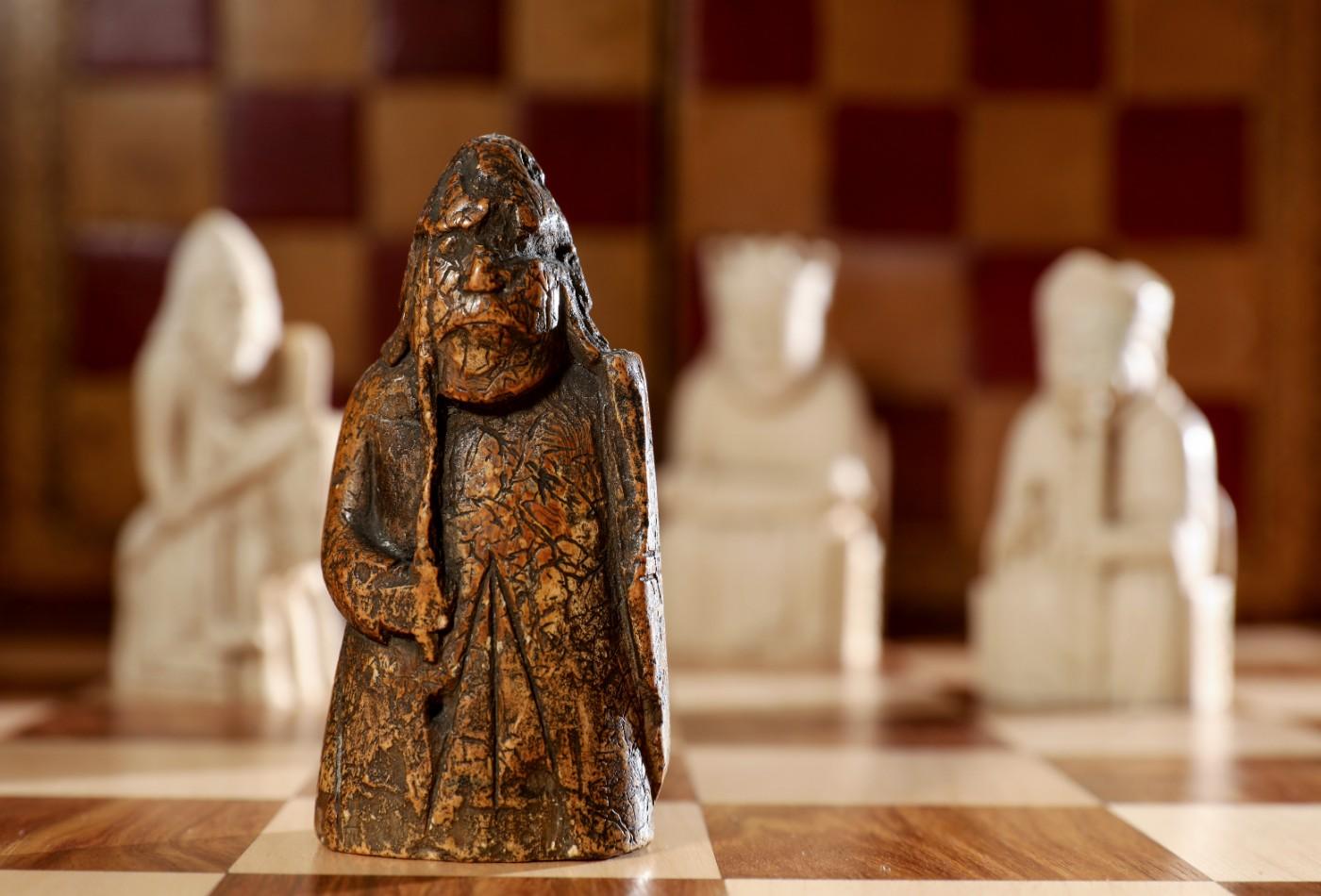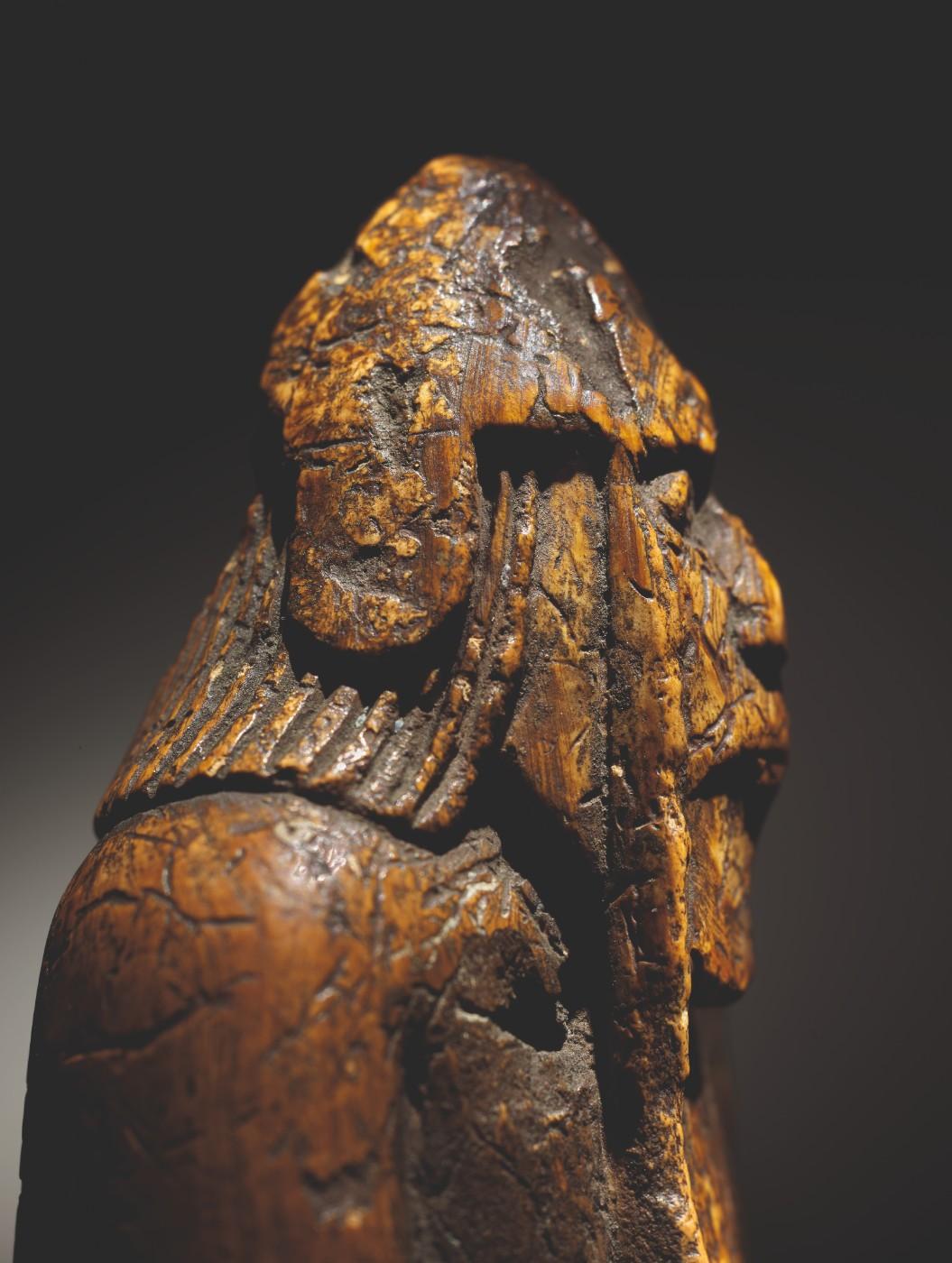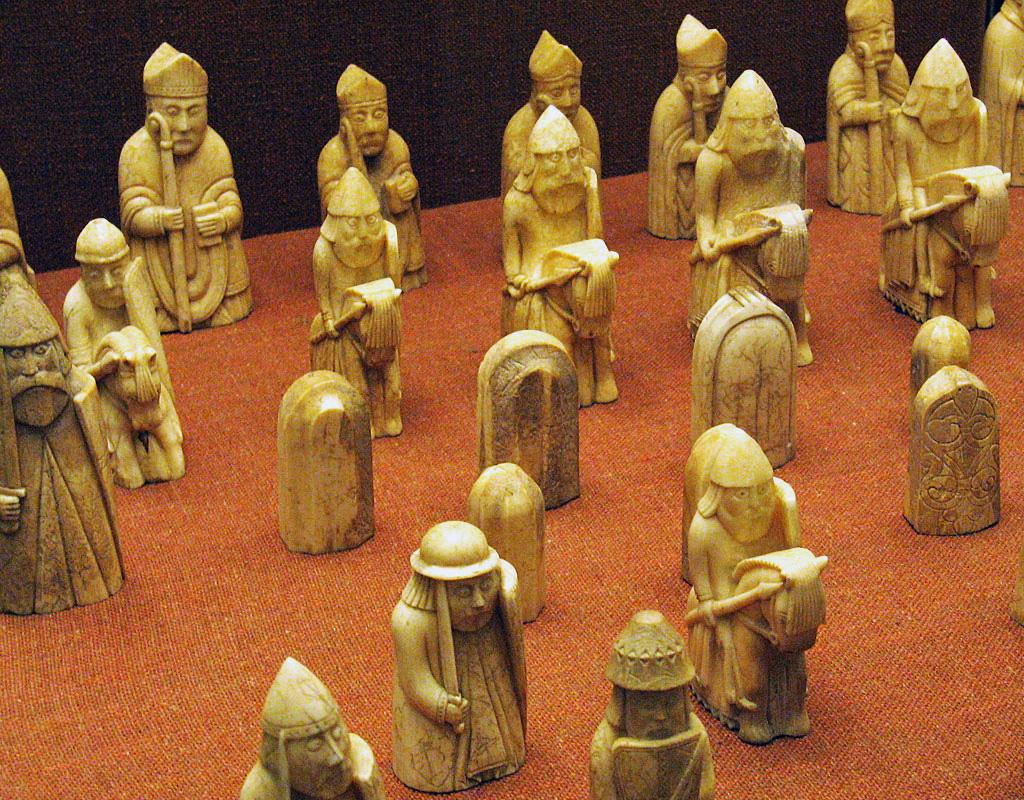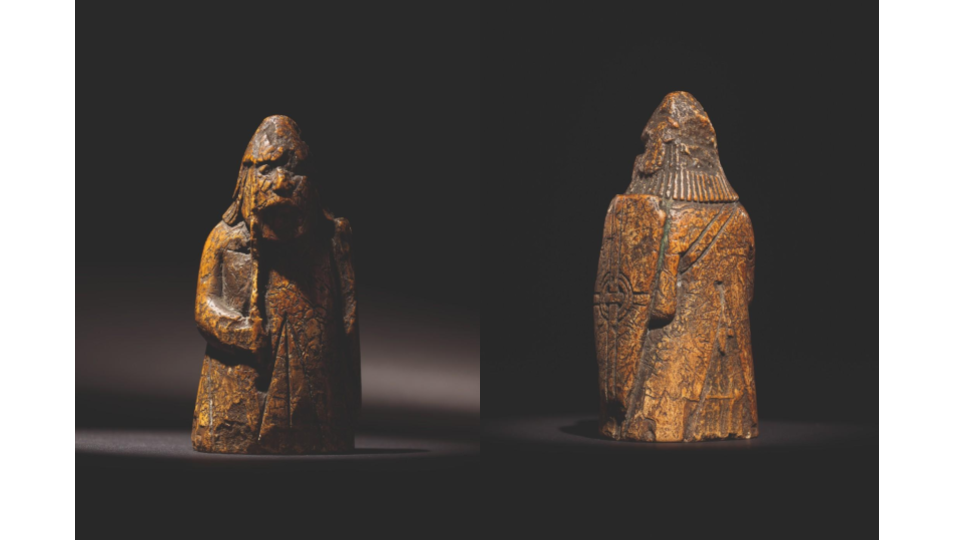When an antiques dealer bought the piece for only a few dollars in the 1960s, he was apparently unaware of the rare treasure he held. Upon his death, it was passed on to his daughter, who kept it wrapped up in a drawer in her home, where it stayed for decades. Recently found in her home, its appearance at auction is the first time one of these rare objects has been offered for sale since the hoard’s discovery in 1831.
Found lodged in a sand dune on the Isle of Lewis in the Outer Hebrides, the remote, northwestern reaches of Scotland, their discovery inspired fantastical stories and rumors about their origins. The hoard comprised 93 objects, chess pieces and other gaming tokens, carved from walrus ivory and whales' teeth. With 59 chessmen, there were enough pieces to make four complete sets. Because of this, scholars believe they were the stock of a trader or merchant, bringing items from Norway, where they were made, for sale in the isles. During this time period, the Isle of Lewis was a Norwegian territory, and the pieces are believed to have been made in Trondheim, Norway, which specialized in making game pieces during the 12th and 13th centuries.






























